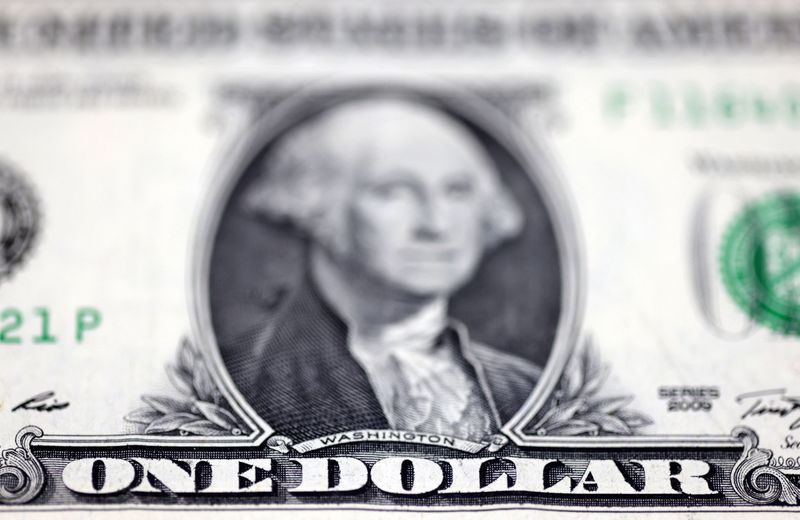Forex
Commodity currencies struggle, carry trade churn helps yen, Swiss franc

By Tom Westbrook and Alun John
SINGAPORE/LONDON (Reuters) -Commodity currencies slid to multi-week lows on Wednesday on weakening raw material prices, with the heaviest selling against the yen which surged to its highest in two months as short sellers bailed out ahead of next week’s central bank meeting.
The Canadian dollar hit a three-month low of C$1.38 per dollar, ahead of a likely second rate cut in as many months by the Bank of Canada at its meeting later in the day.
The Australian dollar fell as much as 0.5% and at $0.6583 was only a few pips from chart support at the early June low. It fell more than 1% on the yen to 101.79 yen and is down nearly 7% against the Japanese currency in two weeks. [AUD/]
The New Zealand dollar fell 0.6% to a near three-month low of $0.5914.
The moves tracked falling prices for industrial metals such as iron ore and , which made 3-1/2 month lows on a gloomy outlook for Chinese demand, and risk aversion in stock markets following some disappointing U.S. earnings. [MET/L]
“We’re seeing softer demand in China and Asia in general and the and just being pulled down,” said Jason Wong, senior markets strategist at BNZ in Wellington.
The euro suffered after soft business activity dataand was last down 0.1% against the dollar at $1.10842 and fell 0.14% on the pound to 83.99 pence as the picture looked perkier in Britain.. [GBP/]
But the European common currency continued to climb against peers to the north, and hit a new eight-month top on the Norwegian crown of 12.00 crowns and a two-month high of 11.727 on the Swedish crown.
“These are the two least liquid currencies in G10, and we suspect markets are particularly punishing this aspect and rebuilding those shorts that had been trimmed throughout May and June,” said Francesco Pesole FX strategist at ING.
In Asia, the risk of a rate hike for Japan and recent rounds of suspected currency intervention have speculators rushing to close what had been profitable “carry” trades funded in yen. The Bank of Japan reviews policy next Tuesday and Wednesday.
In a carry trade investors borrow in a low-yielding currency to invest in higher-yielding assets denominated other currencies.
Dollar/yen went down nearly 1% on Tuesday and fell another 0.7% on Wednesday to its lowest since mid-May at 154.28 per dollar. The yen is the best performing G10 currency against the dollar in July so far.
Moves in other pairs have been larger, with the euro dropping 1.3% on the yen Tuesday and a further 0.86% to an 11-week low of 167.43 on Wednesday.
Mexico’s high-yielding peso dropped 2% on the yen on Tuesday and another 1.1% on Wednesday.

The churn in yen funded carry trades also had an effect on the other favoured funding currency, the Swiss franc, against which the dollar was down 0.43% at 0.8875 francs and the euro was down 0.57% at 0.9620.
Later in the week, markets are waiting on U.S. GDP and core PCE data to test expectations for two U.S. rate cuts over the rest of this year.

 Forex3 years ago
Forex3 years agoForex Today: the dollar is gaining strength amid gloomy sentiment at the start of the Fed’s week

 Forex3 years ago
Forex3 years agoUnbiased review of Pocket Option broker

 Forex3 years ago
Forex3 years agoDollar to pound sterling exchange rate today: Pound plummeted to its lowest since 1985

 Forex3 years ago
Forex3 years agoHow is the Australian dollar doing today?

 Cryptocurrency3 years ago
Cryptocurrency3 years agoWhat happened in the crypto market – current events today

 World3 years ago
World3 years agoWhy are modern video games an art form?

 Commodities3 years ago
Commodities3 years agoCopper continues to fall in price on expectations of lower demand in China

 Economy3 years ago
Economy3 years agoCrude oil tankers double in price due to EU anti-Russian sanctions





















